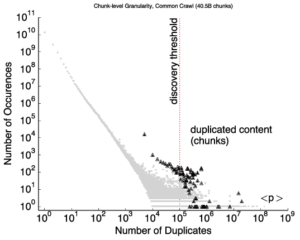WOMBIR 2021 was the NSF-sponsored Workshop on Overcoming Measurement Barriers to Internet Research. This workshop was hold in two sessions over several days in January and April 2021, chaired by k.c. claffy, David Clark, Fabian Bustamente, John Heidemann, and Mattijs Monjker. The final report includes contributions from Aaron Schulman and Ellen Zegura as well as all the workshop participants.
From the abstract:
In January and April 2021 we held the Workshop on Overcoming Measurement Barriers to Internet Research (WOMBIR) with the goal of understanding challenges in network and security data set collection and sharing. Most workshop attendees provided white papers describing their perspectives, and many participated in short-talks and discussion in two virtual workshops over five days. That discussion produced consensus around several points. First, many aspects of the Internet are characterized by decreasing visibility of important network properties, which is in tension with the Internet’s role as critical infrastructure. We discussed three specific research areas that illustrate this tension: security, Internet access; and mobile networking. We discussed visibility challenges at all layers of the networking stack, and the challenge of gathering data and validating inferences. Important data sets require longitudinal (long-term, ongoing) data collection and sharing, support for which is more challenging for Internet research than other fields. We discussed why a combination of technical and policy methods are necessary to safeguard privacy when using or sharing measurement data. Workshop participant proposed several opportunities to accelerate progress, some of which require coordination across government, industry, and academia.
